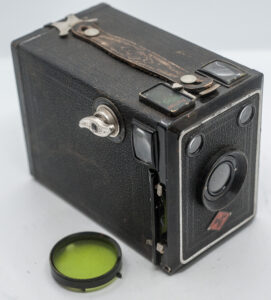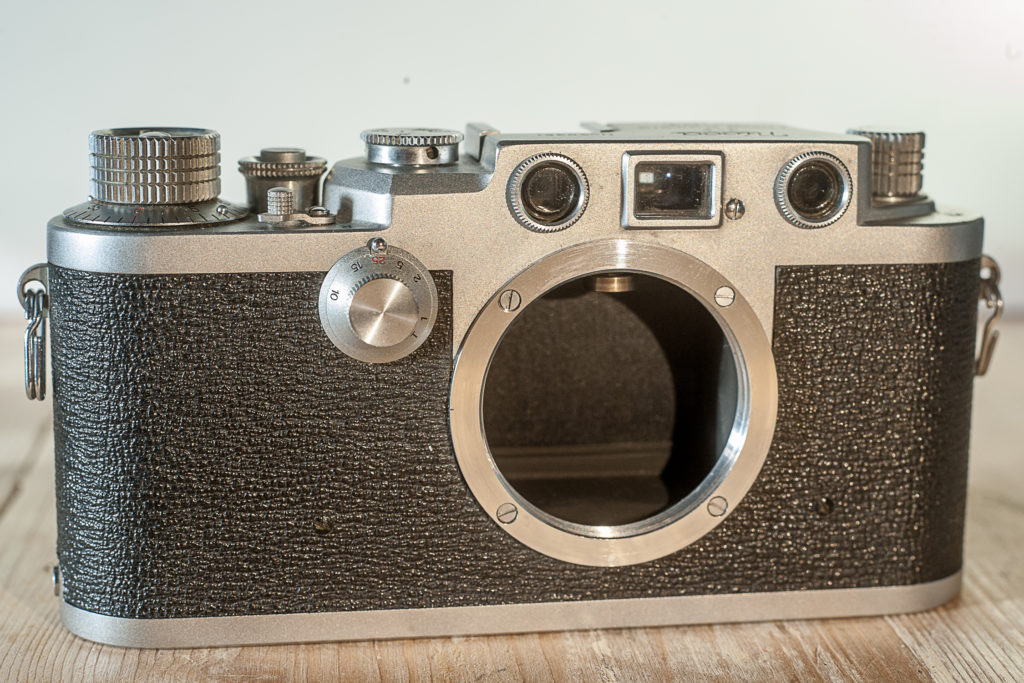Uncategorized
The evolution of the camera
The camera industry has undergone significant changes over the centuries, evolving from simple devices to the advanced digital cameras and smartphones we use today. Here’s a brief timeline of the evolution of the camera:
- Camera Obscura: The Camera Obscura was a box-shaped device used as an aid for drawing or entertainment. It was first described by Leonardo da Vinci and later known as camera obscura. It lets light in through a small opening on one side and projects a reversed and inverted image on the other.
- Daguerreotype Camera: Invented by Louis Daguerre and introduced worldwide in 1839, the daguerreotype was the first publicly available photographic process. It was almost completely superseded by 1860 with new, less expensive processes, such as ambrotype (collodion process), that yield more readily viewable images.
- Roll Film: Roll film was introduced by George Eastman, founder of Eastman Kodak, in 1888. It replaced earlier photographic processes that used glass plates or individual sheets of film. Roll film consisted of a flexible strip of light-sensitive emulsion coated onto a paper or plastic base.
- 35mm Film: The 35mm film standard for motion picture film was established in Thomas Edison’s lab by William Kennedy Laurie Dickson. The 35mm film was cut lengthwise into two equal width (35mm) strips, spliced together end to end, and then perforated along both edges.
- Polaroid: The Polaroid Corporation was founded by American scientist Edwin H. Land in 1937. Polaroid used polarizer technology to create all sorts of products, including 3-D movies and glare-reducing goggles for dogs.
- Rangefinder Cameras: Rangefinder cameras were common from the 1930s to the 1970. They have been around since 1932 when the Kodak Retina was introduced. Their popularity increased drastically with the release of Leica Camera’s IIIF in 1951. This model was said to be responsible for popularizing 35mm film photography and inspiring multiple generations of photographers and filmmakers. Rangefinders are the original mirrorless cameras. They were popular with street photographers because they were a lot smaller and more unobtrusive than the bulky film SLR cameras available at the time.
- Single-Lens Reflex (SLR) Cameras: The history of the single-lens reflex camera (SLR) begins with the use of a reflex mirror in a camera obscura described in 1676. The first patent was granted in 1861, and the first cameras were produced in 1884. In the 1960s, the SLR camera became the preferred design for many high-end camera formats. The advent of digital point-and-shoot cameras in the 1990s through the 2010s with LCD viewfinder displays reduced the appeal of the SLR for the low end of the market. The mirrorless interchangeable-lens camera is increasingly challenging the mid-price range market.
- Digital Camera: The first actual digital still camera was developed by Eastman Kodak engineer Steven Sasson in 1975. He built a prototype from a movie camera lens, a handful of Motorola parts, 16 batteries, and some newly invented Fairchild CCD electronic sensors.
- Smartphones: Smartphones are mobile devices that combine the functionality of a traditional mobile phone with advanced computing capabilities. They typically have a touchscreen interface, allowing users to access a wide range of applications and services, such as web browsing, email, and social media, as well as multimedia playback and streaming.
Each of these steps represents a significant advancement in the field of photography and imaging, leading us to the sophisticated devices we have today. Please let me know if you want more details about any of these steps.


